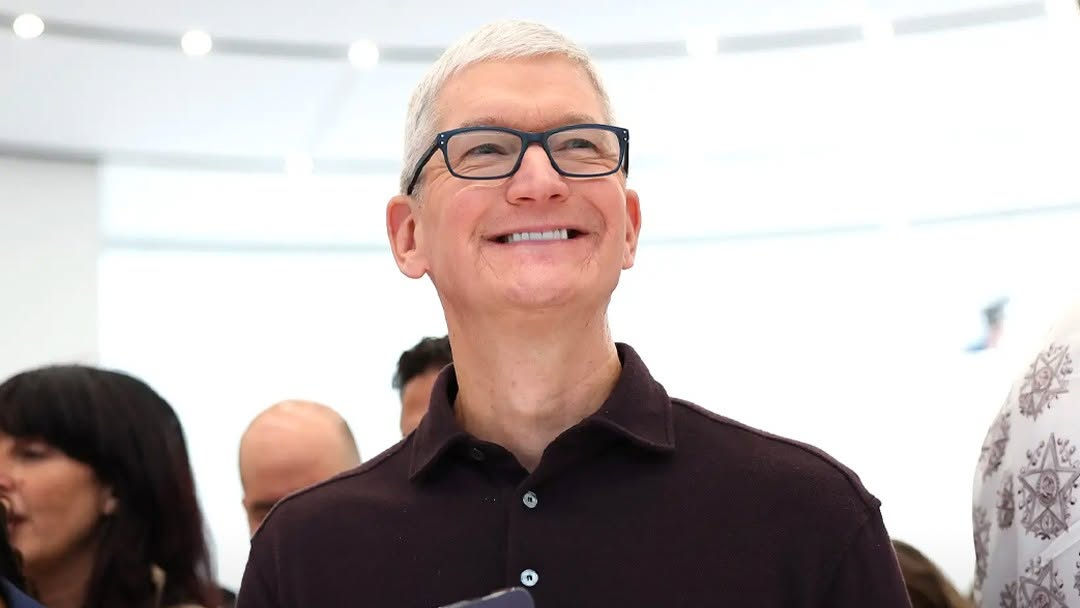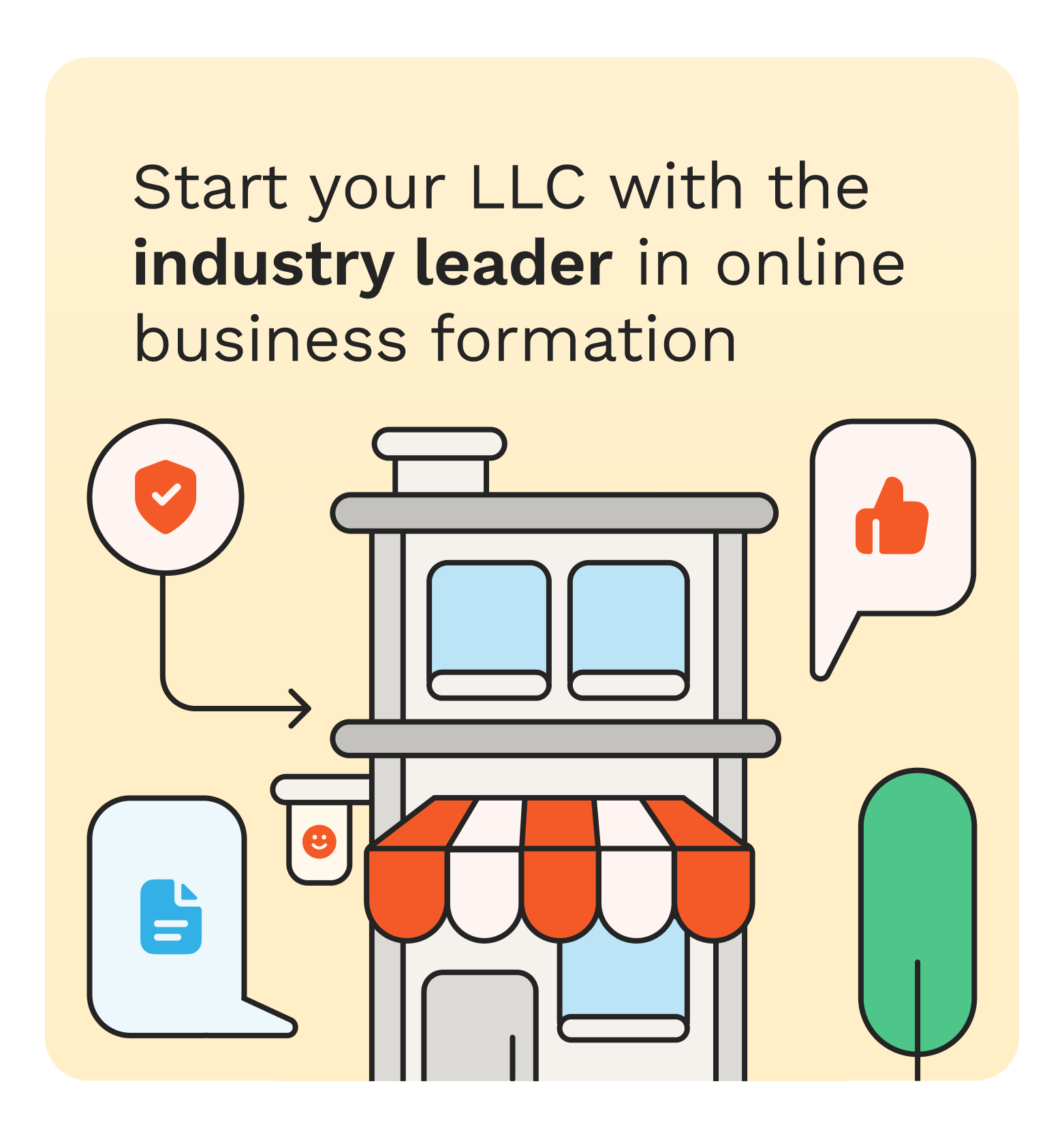The $1,500 iPhone? Trump’s Tariff Threat Could Make It Real
In a bold and controversial move, former President Donald Trump has threatened to impose a 25% tariff on Apple products and a sweeping 50% tariff on all goods imported from the European Union. The announcement, posted on Trump’s Truth Social platform, comes amid a wave of campaign trail rhetoric as he seeks a second term in office.
This threat—if enacted—could have profound effects on the global tech economy, the price of consumer electronics, and U.S. relations with its European allies. Markets responded immediately: Apple shares slid more than 2% in early trading, dragging the Nasdaq down by 1.2%, while major European exporters also saw significant declines.
What Exactly Is Trump Proposing?
Trump’s threats center around two major tariff proposals:
-
A 50% tariff on all EU imports, citing what he calls "decades of unfair trade practices."
-
A 25% tariff on Apple products, unless the company begins manufacturing iPhones in the U.S.
This signals a return to aggressive protectionist policies that defined Trump’s first term—policies which often rattled markets and strained alliances.
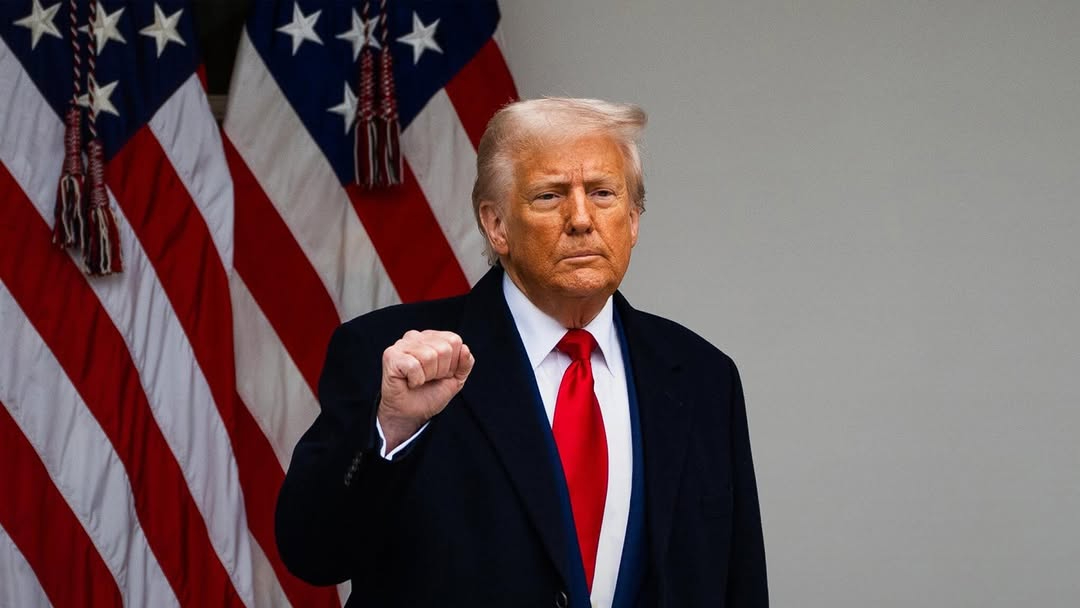
What Is Trump’s Reasoning Behind These Tariffs?
Trump has framed his latest tariff threats as a necessary step to protect American manufacturing and counter what he perceives as economic exploitation by foreign nations.
His key arguments include:
1. Fixing the Trade Deficit
Trump frequently cites the large trade deficit the U.S. runs with the European Union, claiming it reflects unfair treatment of American industries. While he inaccurately claimed a $250 million deficit (it’s actually over $235 billion in goods alone), his core argument is that the U.S. buys far more from the EU than it sells.
2. Penalizing "Unfair" EU Regulations
Trump accuses the EU of implementing trade barriers and unfair regulations that disadvantage American firms, including tech giants like Google, Amazon, and Apple. He points to EU antitrust lawsuits and digital tax proposals as examples of hostile treatment.
3. Bringing Manufacturing Back Home
Central to Trump’s populist platform is the idea of reshoring jobs. The Apple tariff threat is a direct attempt to pressure the company into moving its iPhone production—currently concentrated in China and other parts of Asia—back to the United States.
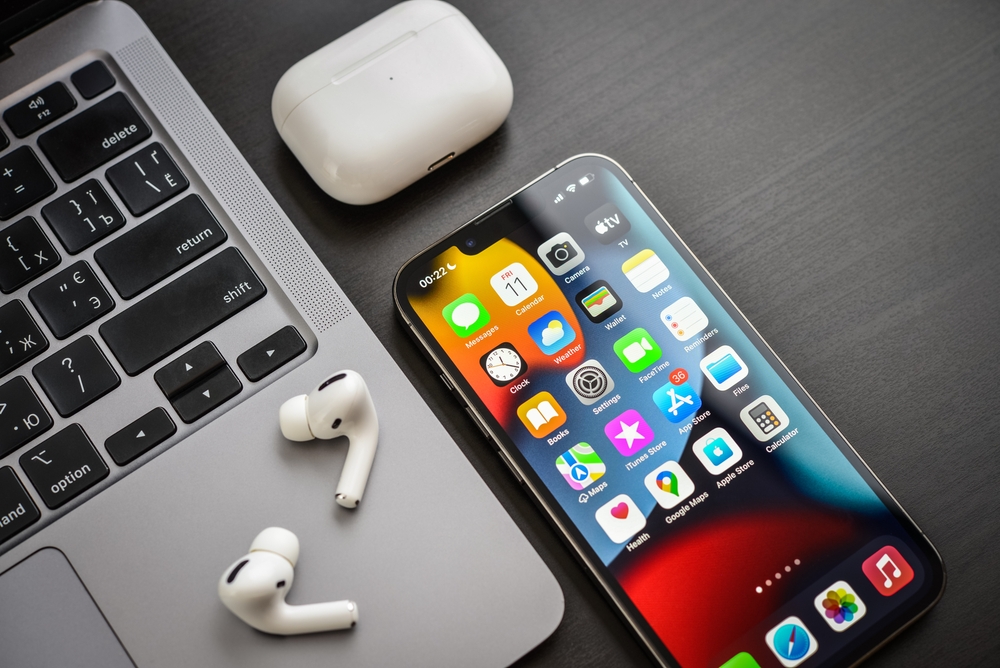
How This Could Affect Apple
Apple is uniquely vulnerable to this policy. Despite being an American company, it relies heavily on a global supply chain for the design, assembly, and distribution of its products.
Stock Market Reaction
The threat has already knocked billions off Apple’s market cap. A 25% tariff would cut deeply into profit margins or force Apple to raise prices on its flagship products.
Consumer Price Shock
iPhones, already pushing $1,000 or more, could become even more expensive. Industry analysts suggest a tariff could result in price increases of $100–$200 per device, potentially pricing out millions of consumers.
Supply Chain Disruption
Apple has spent decades perfecting its overseas production networks, particularly in China. Shifting assembly to the U.S. would be a logistical nightmare, requiring new facilities, a trained workforce, and time—years, not months.
Related: Trump’s Tariff Threats Give Way to UK-US Trade Agreement
Related: Shrinkflation Nation: How Tariffs Are Stealing Your Snacks
Impact on the Broader Market and U.S. Economy
These threats come with a ripple effect that extends far beyond Apple.
Europe Responds
European leaders have warned of retaliatory tariffs, risking another tit-for-tat trade war. This could hurt American agricultural exports, auto manufacturers, and other global businesses.
Market Volatility
The announcement led to a broad tech selloff. European stocks also tumbled, with export-reliant companies like Ferrari and EssilorLuxottica falling more than 5%.
Innovation Slowdown
Global tech firms rely on cross-border cooperation, international talent, and open markets. Trade barriers risk isolating U.S. companies and slowing the pace of innovation.
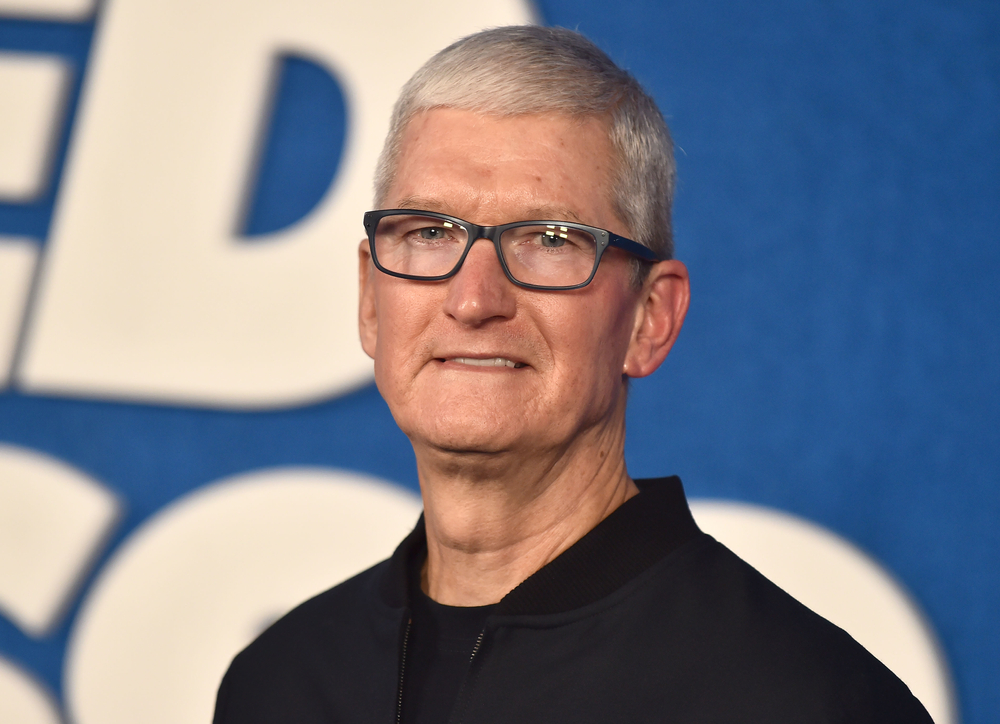
Tim Cook - Apple CEO
What This Means for Consumers and the Future
At the end of the day, it’s the consumer who could pay the price.
-
Higher prices on everyday tech
-
Reduced product availability due to disrupted supply chains
-
Fewer job opportunities as companies cut costs to absorb tariffs
This also marks a philosophical shift. Trump’s America-first agenda, if re-elected, could usher in a more isolated U.S. economy, less integrated with global partners and less attractive to international talent and investors.
Related: John Ternus: The Man Who Could Succeed Tim Cook as Apple CEO
Conclusion
Trump’s threats against Apple and the European Union aren’t just about trade—they’re about reshaping the global economic order. By targeting one of America’s most iconic companies, Trump is drawing a line in the sand: bring jobs back or pay the price.
But with that stance comes serious risks: strained alliances, market instability, and consumer backlash. As Apple, economists, and foreign leaders warn, these tariffs could backfire—hurting the very country they claim to protect.
If the U.S. begins to wall off its tech industry, does it remain a global leader—or does it surrender that role to others?



